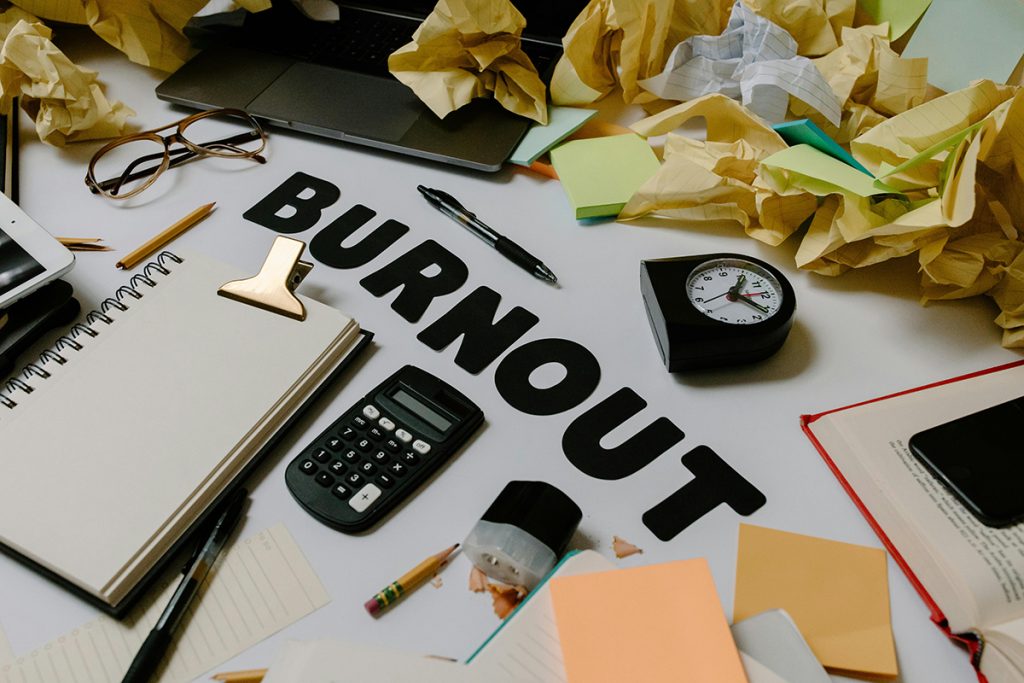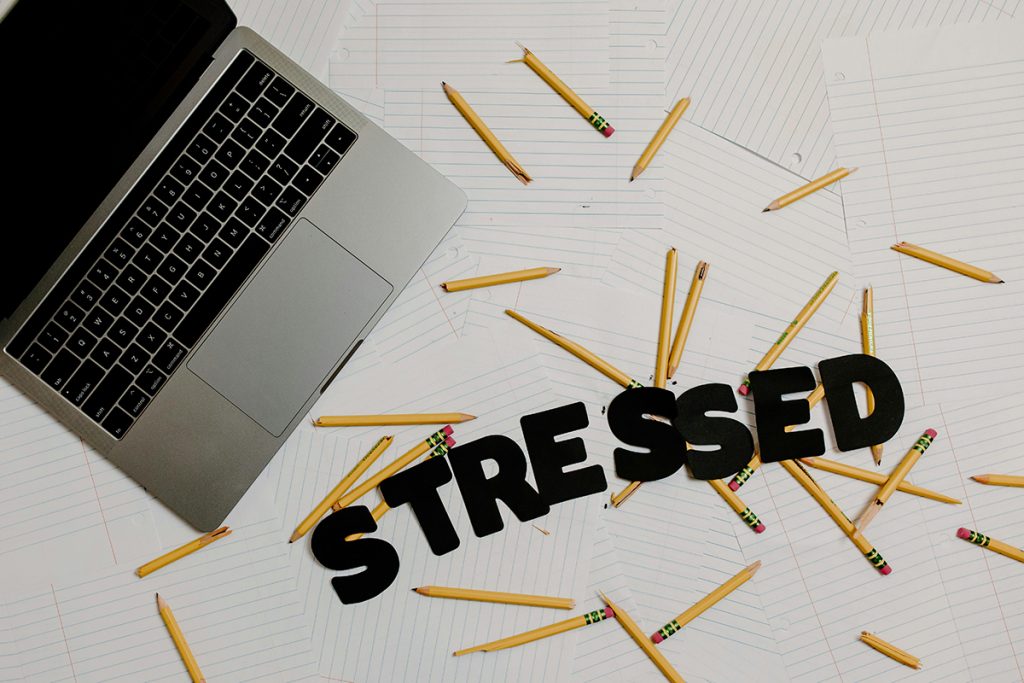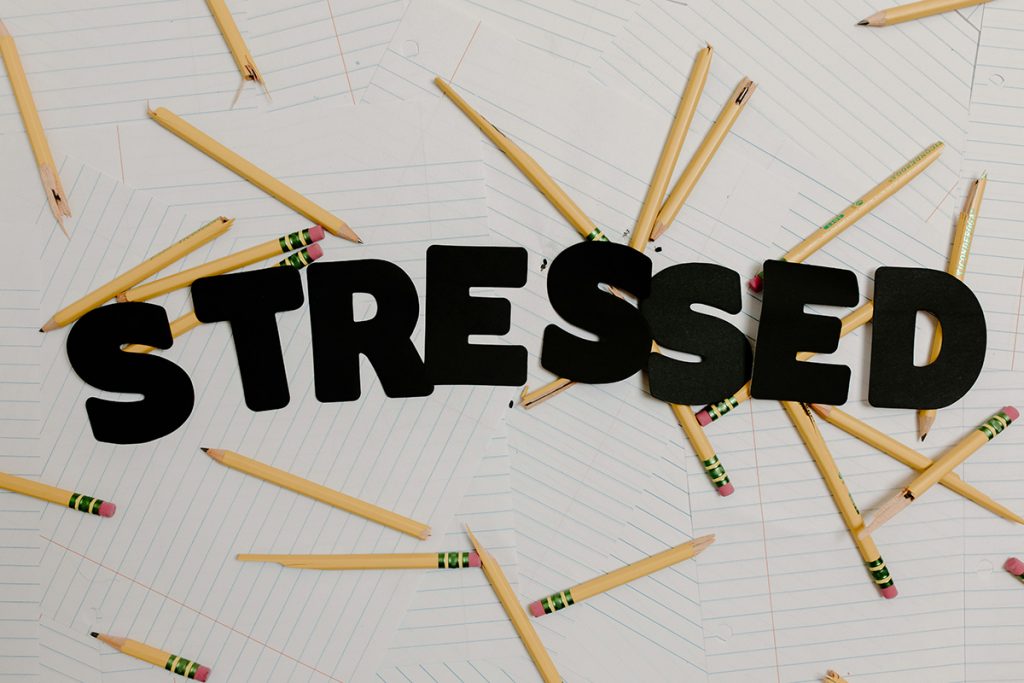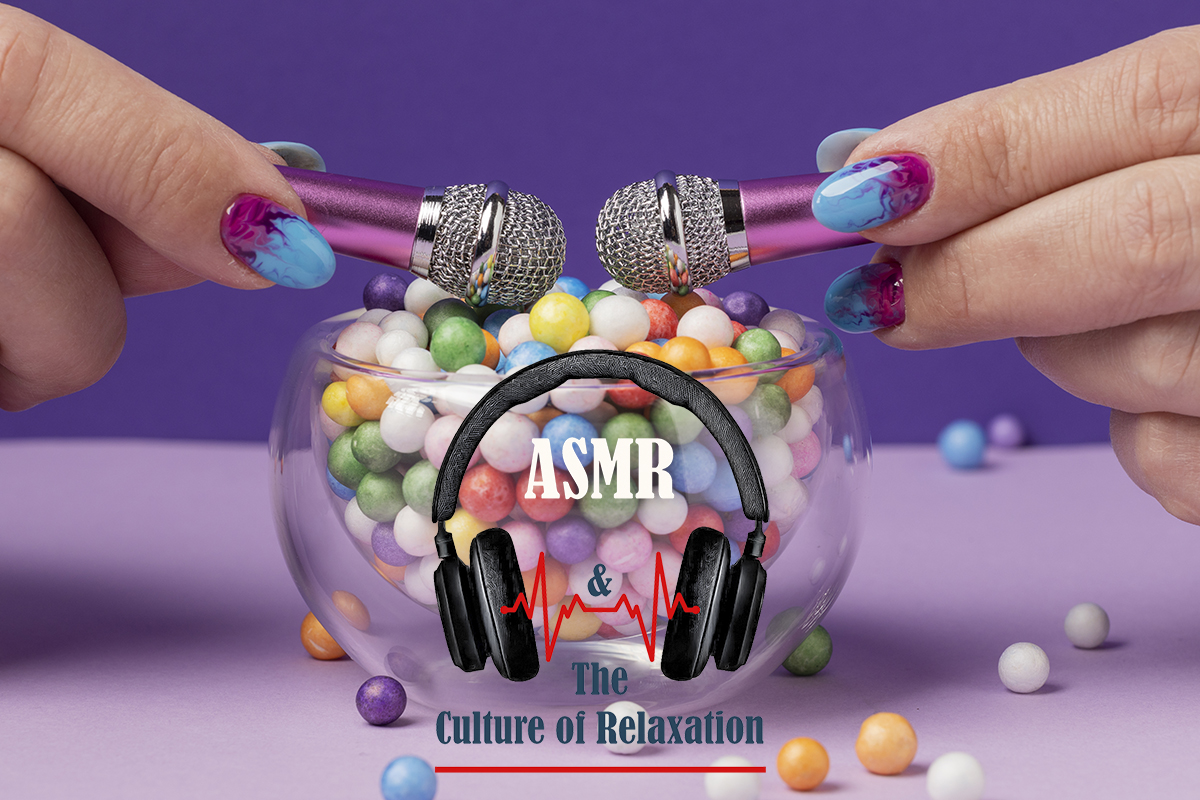5 Strategies to shield yourself from stress and work overload

Do the terms Type A personality, overachiever, or chronic finisher resonate with you? If so, you’re not alone. These identities can often lead to stress and burnout, as experienced by author Kandi Wiens.
In her new book, Burnout Immunity, she discusses her struggle with overachievement, which stemmed from self-doubt and insecurity after growing up in poverty on an Indian reservation. After enduring multiple burnout episodes that landed her in the hospital, she knew she had to make a change.
The World Health Organization defines burnout by three key indicators: exhaustion, cynicism, and reduced productivity. Burnout Immunity provides readers with a roadmap of five emotional intelligence skills designed to build resilience against work-related burnout, helping us achieve well-being both at work and in life.

01. Self-awareness
Self-awareness is the ability to accurately organize and understand our own emotions, thoughts, and behaviors. To help with one element of self-awareness, the book offers a burnout risk assessment, a short quiz to assess your level of vulnerability to burnout. Some indicators include:
- I view stressors as problems that can be solved
- My work culture feels toxic
- I have a hard time telling others no
The assessment took me about seven minutes, and it provides a score (mine was Moderate Risk), a lens through which to read the rest of the book.
Awareness helps us first, simply, in recognizing what’s going on for us. It alerts us to our signs of distress, what’s causing that stress at work, and any toxic social interactions we’re having. Noticing these internal and external signals provides us with the data we need to make changes reactively, or to prevent stress proactively.

2. Self-regulation
Self-regulation involves consciously choosing healthy emotional responses rather than suppressing our feelings. According to Wiens, when stress dysregulates us, we can enter a fight-or-flight state, which, if repeated over time, may lead to mental and physical health issues such as gastrointestinal problems and high blood pressure due to ongoing cortisol surges.
Wiens emphasizes healthier responses to stress. One effective approach is to reframe stressors as challenges instead of threats. For instance, if you feel anxious about public speaking, try viewing it as an opportunity to share an important message rather than a daunting task.
Another positive response is to lean on social connections for support during stressful times. Focusing on what we can control while letting go of what we cannot also contributes to healthier stress management.
When physical stress sensations are strong, Wiens recommends regulating the nervous system using the CLCBE technique, developed by Howard Stevenson:
- Rate your stress on a scale from 1 to 10.
- Identify where you feel stress in your body.
- Communicate your thoughts about the stressor.
- Inhale for a count of 4.
- Exhale for a count of 7.

03. Meaningful connections
Wiens emphasizes that meaningful connections extend beyond relationships to include our work and values. Engaging in work we value can boost resilience and well-being, serving as a buffer against burnout. However, even fulfilling roles can lead to burnout if we’re not careful. She advises setting boundaries, eliminating non-essential commitments, and finding ways to recharge outside of work.
A mismatch between our core values and those of our organization can threaten our identity and trigger a fight-or-flight response. Recognizing our core values helps us identify compatible environments and those we should leave. Signs of misalignment include feeling uncomfortable, restless, unhappy, or unmotivated.
For those unsure of their values, Wiens suggests reflecting on what’s important, like fairness or compassion, and listing seven things you wish to achieve or experience in your professional life.

04. Mindset
Mindset shapes how we perceive and categorize information as stressful or not. In essence, mindset acts as the filter for processing potential stressors. Individuals with burnout immunity often exhibit one or more of the following mindsets:
A positive outlook. They maintain optimism and hope, believing they can achieve their goals. When confronted with a stressor, they tend to focus on the positives of the situation rather than the negatives, adopting a ‘glass half full’ approach to problem-solving.
The belief that stress is enhancing. They see nervousness as beneficial rather than detrimental. When they experience physical stress responses, like a racing heart, they interpret it as energy to tackle the problem at hand.
Servant leadership. They derive meaning from their work by serving others.
‘Aware and care’. They recognize their stress and actively address its sources and symptoms.

05. Reconnect and reimagine for less stress
A central theme of the book is that addressing the root causes of workplace burnout is primarily the employer’s responsibility. However, if you’re feeling exhausted and unproductive, Wiens offers a three-step approach: recover, reconnect, and reimagine.
Recovery should involve regular self-care practices, such as taking microbreaks, having fun, and socializing. Burnout can disconnect us from what matters most, so it’s crucial to reengage with hobbies like art, gardening, or fishing, which can also help reconnect us with important people in our lives.
The final step is to reimagine your post-burnout life with optimism and hope for a better future.
Burnout Immunity effectively explains the science behind stress and its impact on our mental health, encouraging readers to take burnout seriously. However, while it offers strategies to address burnout, it sometimes lacks detailed guidance.
Key concepts for building burnout immunity are often presented as brief bullet points, leaving readers wanting more direction. Nonetheless, it inspires exploration of new ways to maintain happiness and well-being.




















